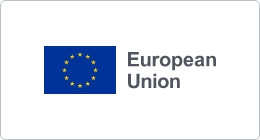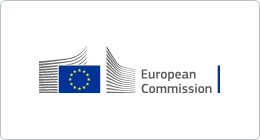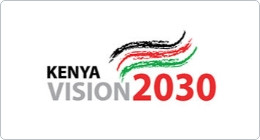Job position abbreviations
When talking about CEOs, CFOs, CIOs, and other abbreviations it´s all about referring to individuals in top positions of an organization.
CEO
The Chief Executive Officer or Executive Director
The Chief Executive Officer or Executive Director, is the person in charge of the management and administrative direction of the organization. The CEO is at the top of the chain. In the majority of cases the CEO is also the founder and drives the purpose, vision and mission of the company. Responsible for connecting the business with the market, having the final say in budgeting, investment decisions and directing the company’s strategies so that it achieves its objectives. The ideal CEO should be a “leader“, providing guidance and resources to the team, and removing obstacles.
COO
The Chief Operating Officer
The Chief Operating Officer is in charge of the day-to-day administration and operation of the business. The COO reports directly to the Chief Executive Officer (CEO) and is considered his right hand. In some corporations, the COO is also known as the Executive Vice President of Operations.
CMO
The Chief Marketing Officer
The Chief Marketing Officer is responsible for marketing activities, which include sales management, product development, advertising, market research and customer service. With focus on maintaining quality service through communication, and align the interests of all departments to optimize marketing activities.
CFO
The Chief Financial Officer
The Chief Financial Officer, also known as the Financial Director, is in charge of the economic and financial planning of the company. Deciding when and where to invest, assessing risks, all in order to increase the value of the company. Contributes financial knowledge, accounting and provides a general and analytical look at the business. In many cases also the strategic affairs adviser to the CEO.
CIO
The Chief Information Officer
The Chief Information Officer looks after the systems of the company that are related to information technology at the process level and from the point of view of planning. The CIO analyses the benefits new technologies can offer, identify which ones are more interesting to the company and evaluate its operation. The CIO focuses on improving the efficiency of internal processes in order to ensure effective communication and keep the organization functioning smoothly.
CTO
The Chief Technology Officer
The Chief Technology Officer oversees the development and correct operation of information systems from the point of view of execution. Generally responsible for the technical teams and to implement new strategies to improve the final product. A similar role to the CIO position, since in some companies they share tasks. The key difference is that a CIO focuses on information systems (communication workflow), with the aim of increasing efficiency, while a CTO is responsible for the technological strategy aimed at improving the final product.
CCO
The Chief Communications Officer
The Chief Communications Officer is responsible for managing corporate reputation, contacting the media and developing Branding strategies. Media relationship to guaranty the brand awareness, and positive imaging. The CCO aims to have positive feedback and favourable from clients.
The people that report to the CEO include:
- CBDO – Chief Business Development Officer
- CFO – Chief Financial Officer
- COO – Chief Operating Officer
- CMO – Chief Marketing Officer
- CIO – Chief Information Officer
- CCO – Chief Communications Officer
- CLO – Chief Legal Officer
- CTO – Chief Technology Officer
- CRO – Chief Risk Officer
- CCO – Chief Creative Officer
- CCO – Chief Compliance Officer
- CAE – Chief Audit Executive
- CDO – Chief Diversity Officer
- CHRO – Chief Human Resources Officer





